Experimental Satellite Lost in Space for 25 Years Finally Found
An experimental satellite was launched in 1974, only to go missing in the 1990s.
However, scientists were recently able to find the satellite 25 years after it first went missing, but there is still some confusion about how it went missing.
The Infra-Red Calibration Balloon Launched in 1974
The experimental satellite, known as the Infra-Red Calibration Balloon (S73-7), was initially launched in 1974.

Source: NRO/Wikimedia Commons
The KH-9 Hexagon launched the satellite into space and was done so to be a calibration target for other electromagnetic remote sensing equipment.
The Experimental Satellite Disappeared Twice
The 1990s wasn’t the first time the experimental satellite went missing, as it also went missing in the 1970s.
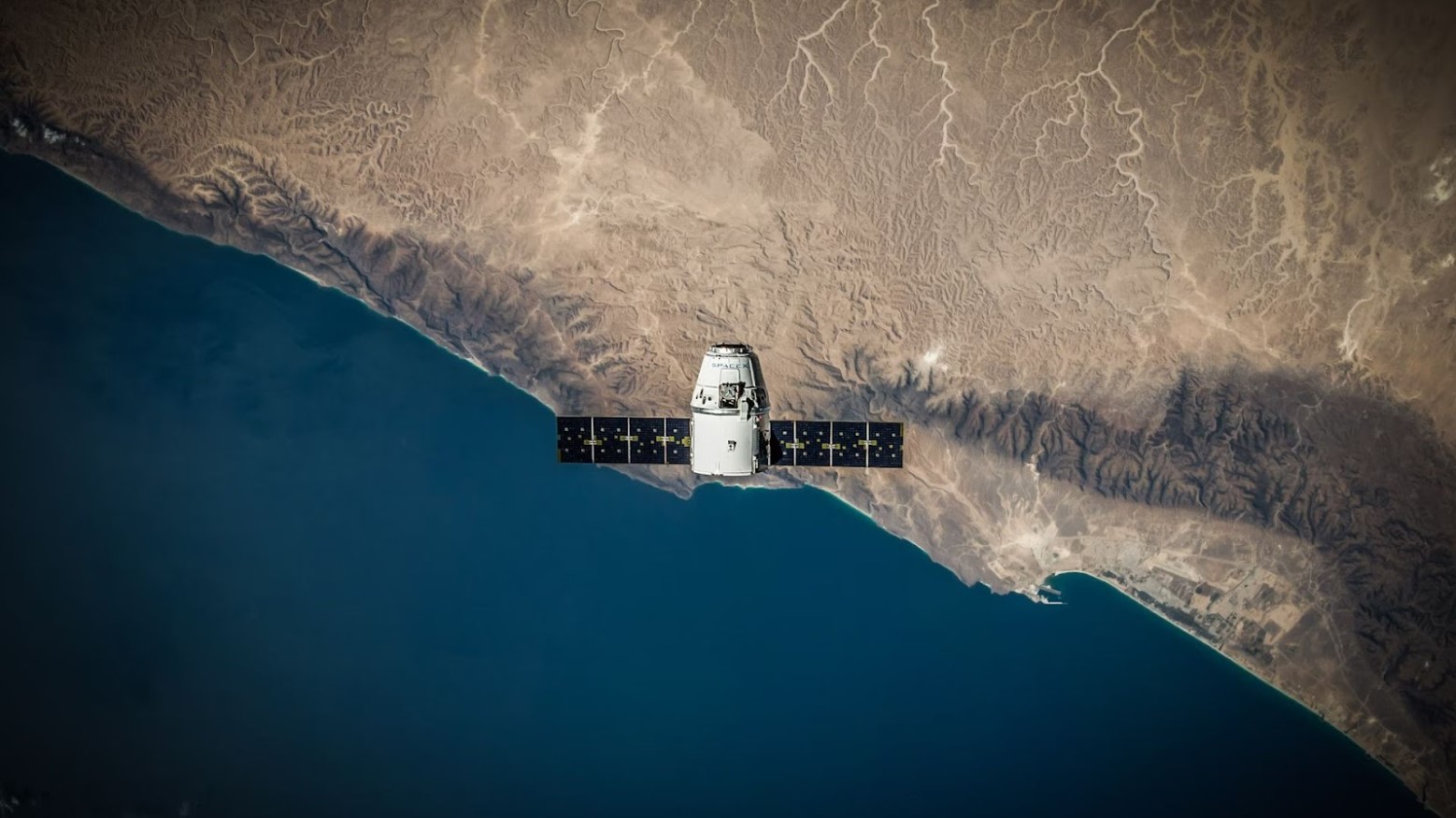
Source: SpaceX/Unsplash
As the satellite deployment had failed, it essentially became another piece of space junk. It had gone missing from the radar in the 1970s but made a reappearance before disappearing again in the 1990s.
The Experimental Satellite Has a Low Radar Cross Section
It is believed that the experimental satellite was able to go missing twice because it has a low radar cross-section.
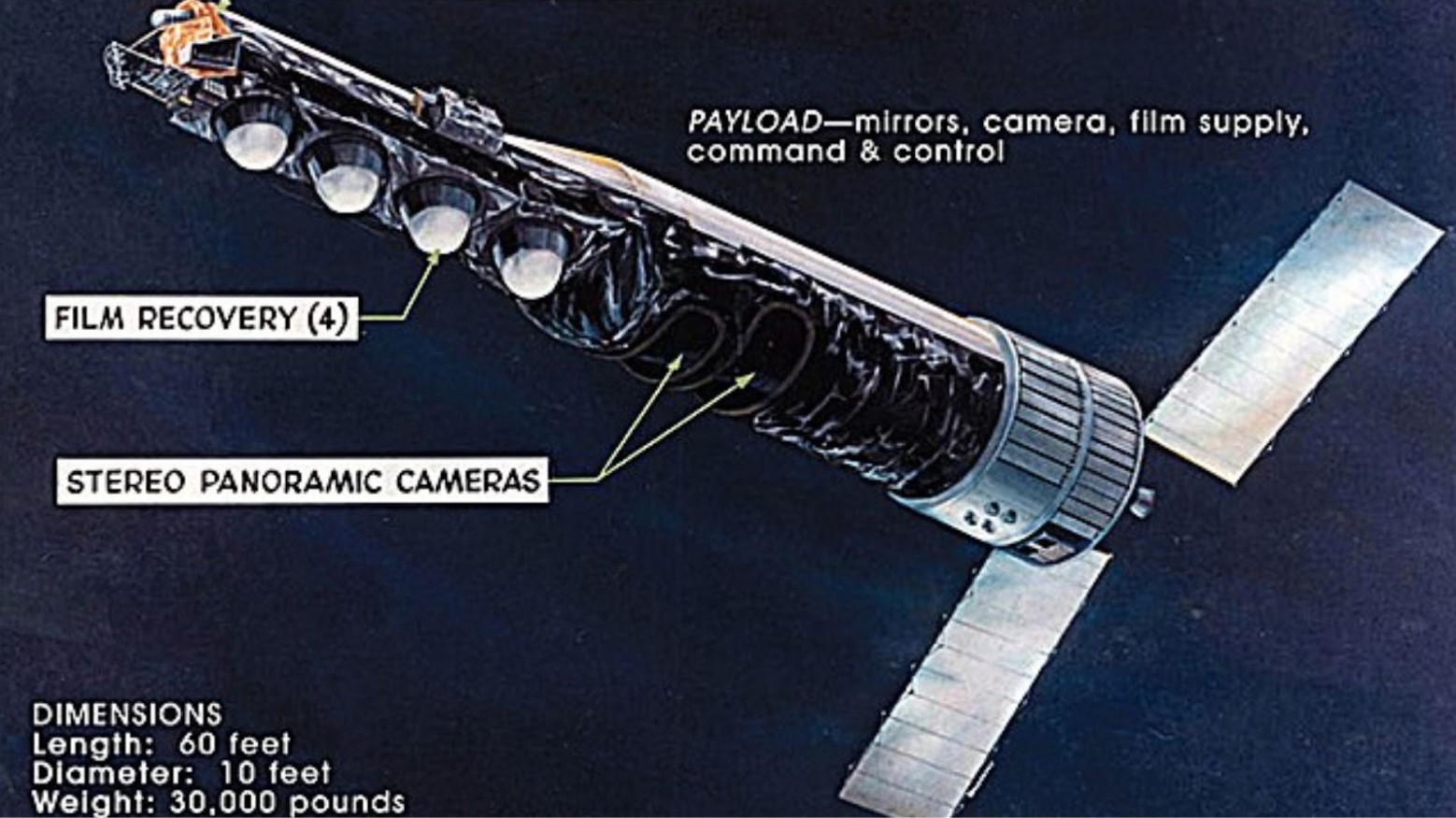
Source: U.S. National Reconnaissance Office/Wikimedia Commons
It is also believed that it’s possible that the part of the satellite scientists were tracking was a dispenser or balloon that didn’t properly deploy. As neither of these are made of metal, there is less chance of them showing up on the radar.
Sensors Are Tracking Over 20,000 Orbital Objects
Radar and optical sensors on the ground that track objects are having a difficult job, as they currently track over 20,000 orbital objects.
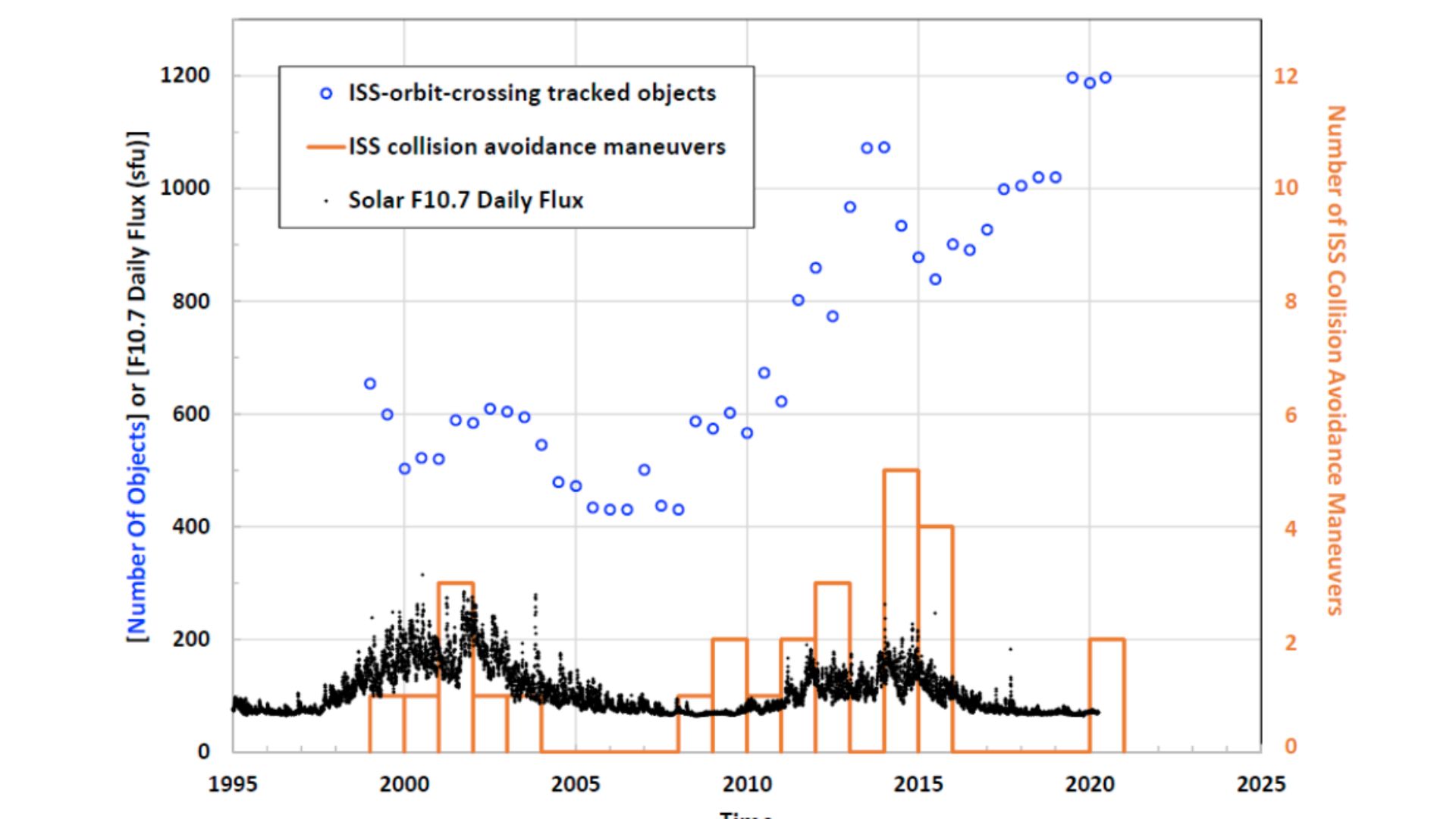
Source: NASA/Wikimedia Commons
As most objects don’t transmit their identities, the sensors identify the orbit of a moving object and match it with the designated orbit of a satellite.
How Engineers Can Find a Satellite
Due to the number of objects in space, engineers have a unique way of knowing if the satellite they spot on the radar is the right one.
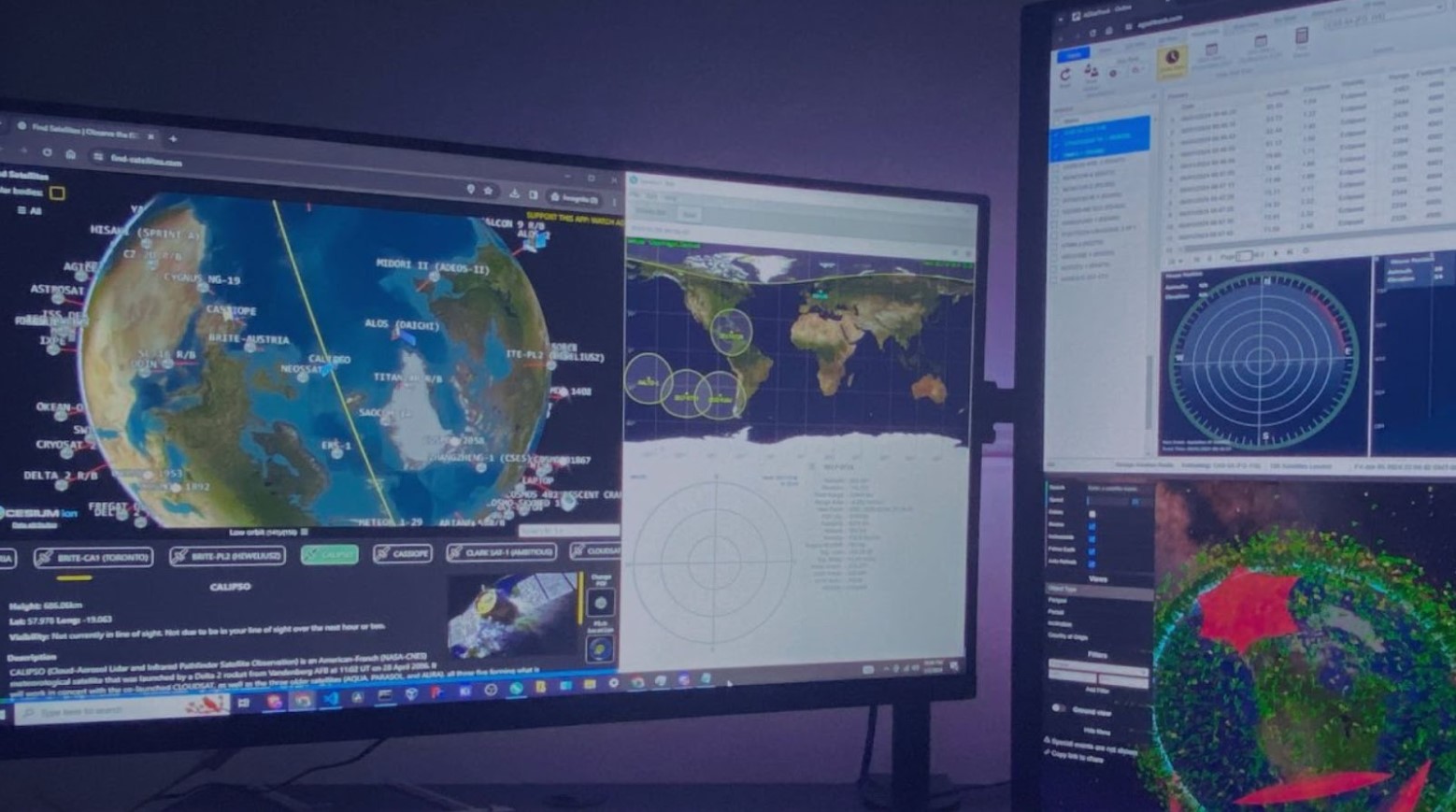
Source: @AngelinaTsuboi/X
As they have a rough idea of the altitude the satellite will drift at, if they find an object in that area, engineers can then rewind to see if the orbit is the same as where the satellite was last seen.
Matching Satellites to Their Orbit Isn’t Easy
It sounds easier than it is. Matching satellites to their orbit can be easy if there aren’t too many other objects in the same orbit.
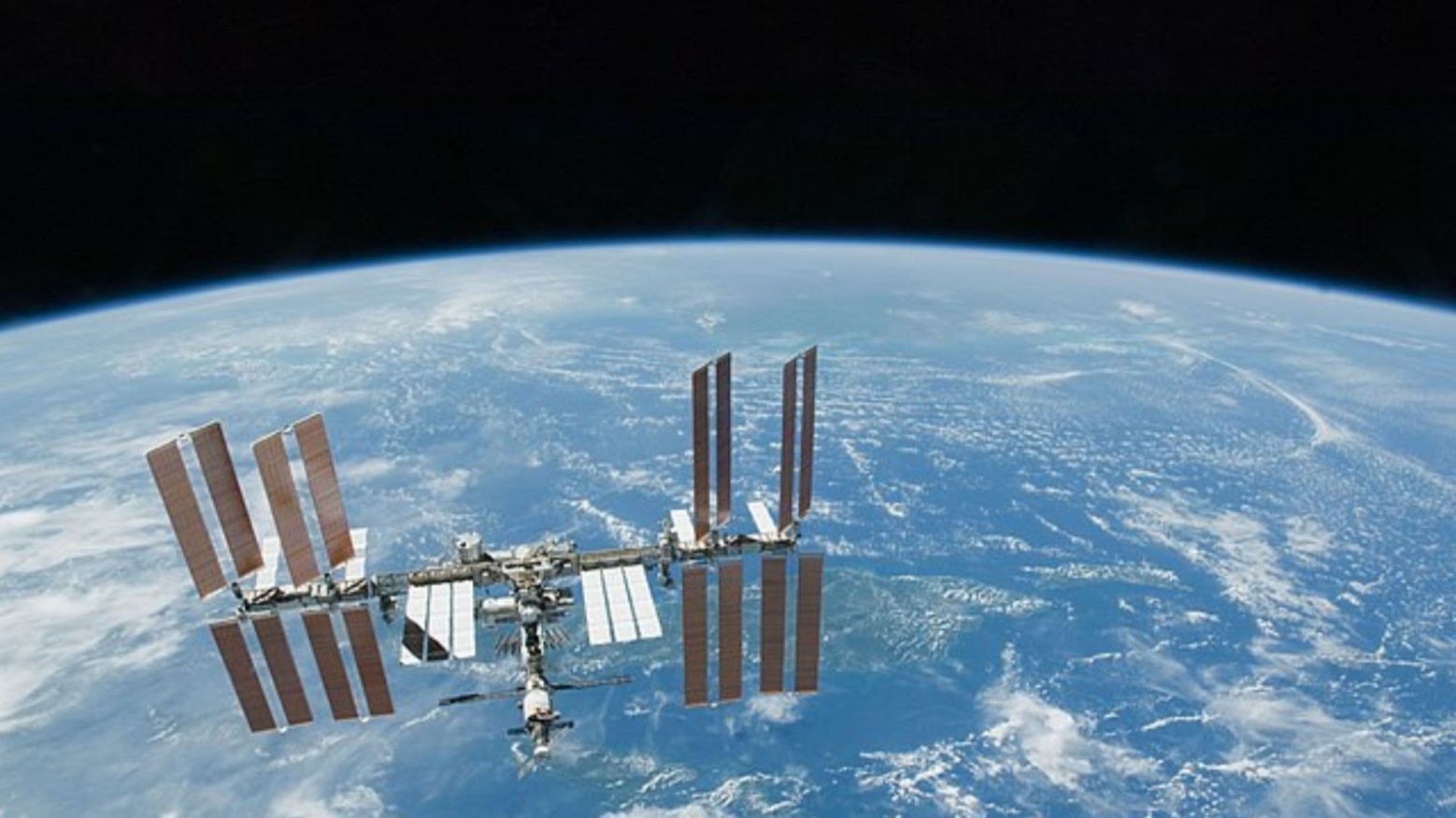
Source: NASA/Wikimedia Commons
However, if there are many objects in that orbit, it can get tricky, especially if one hasn’t been seen for a few years.
The Global Space Surveillance Network Is Tracking Over 27,000 Objects
It is believed there are around 170 million pieces of debris in orbit, with only 55,000 being trackable.
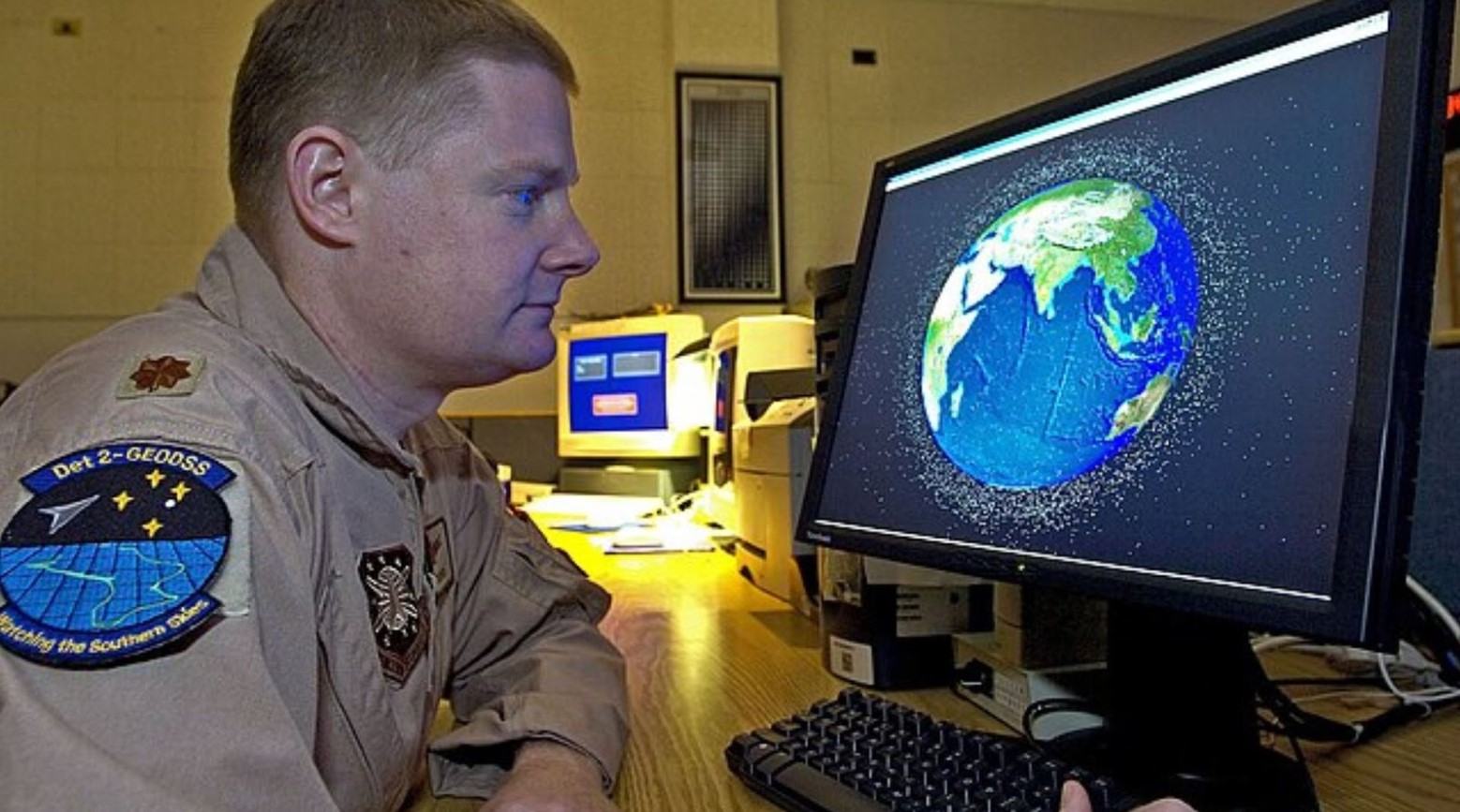
Source: Senior Master Sgt. John Rohrer/Wikimedia Commons
Of these 55,000, 27,000 are considered to be space rocket boosters, active satellites, and dead satellites, all monitored by the Department of Defense’s Global Space Surveillance Network (SSN).
The Number of Collisions and Missing Debris Is Increasing
The amount of debris believed to be in space, and the fact that only a small number of these can be tracked, increases the risk for collisions.
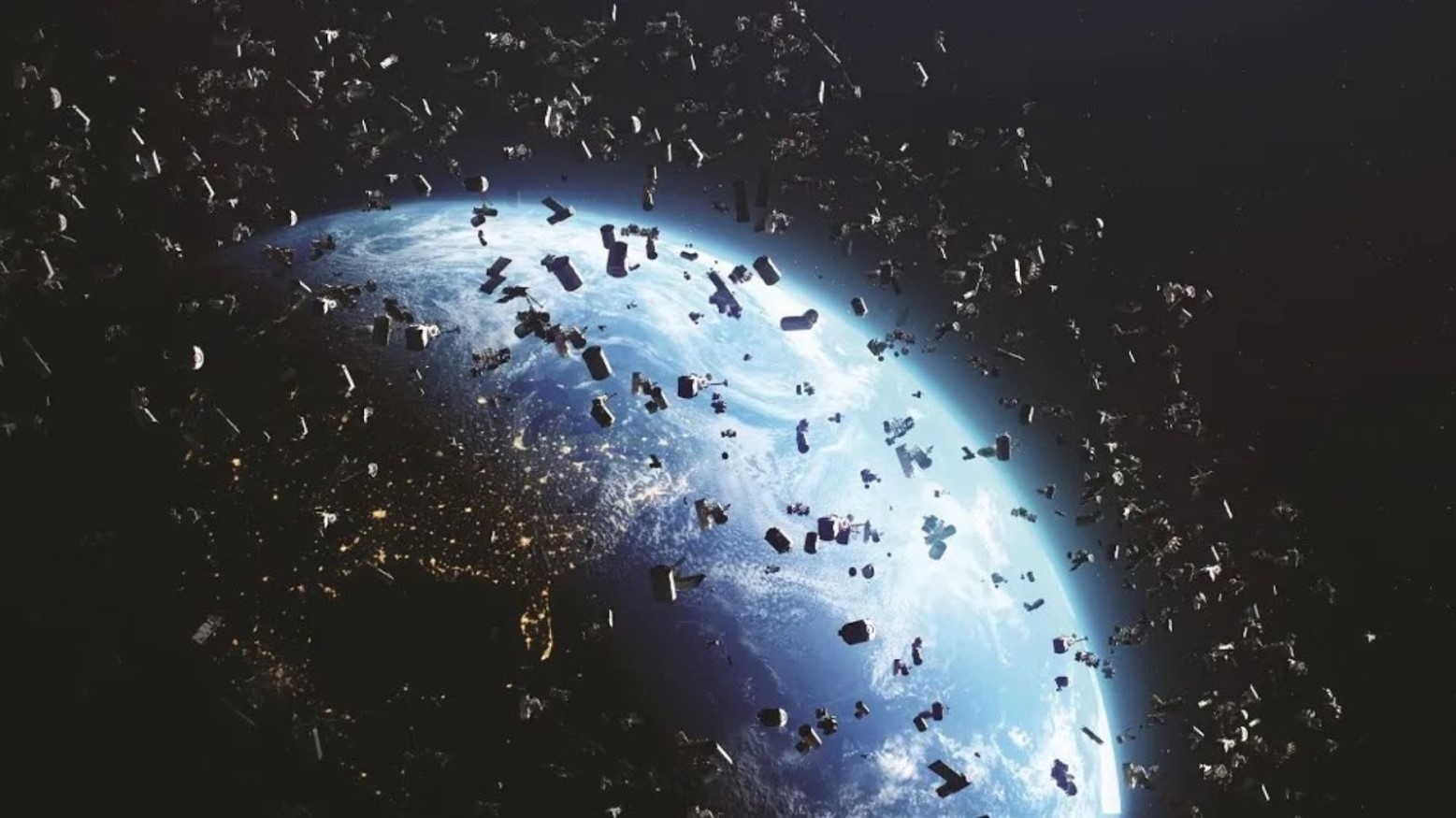
Source: @SpaceFabrics/X
With an increasing number of debris going missing, scientists are trying to ensure they don’t lose track of other space objects, as the results could be catastrophic.
Objects Over the Equator Cannot Be Tracked
Even if a space object doesn’t go missing entirely, if it is over the equator, it is impossible to track it.
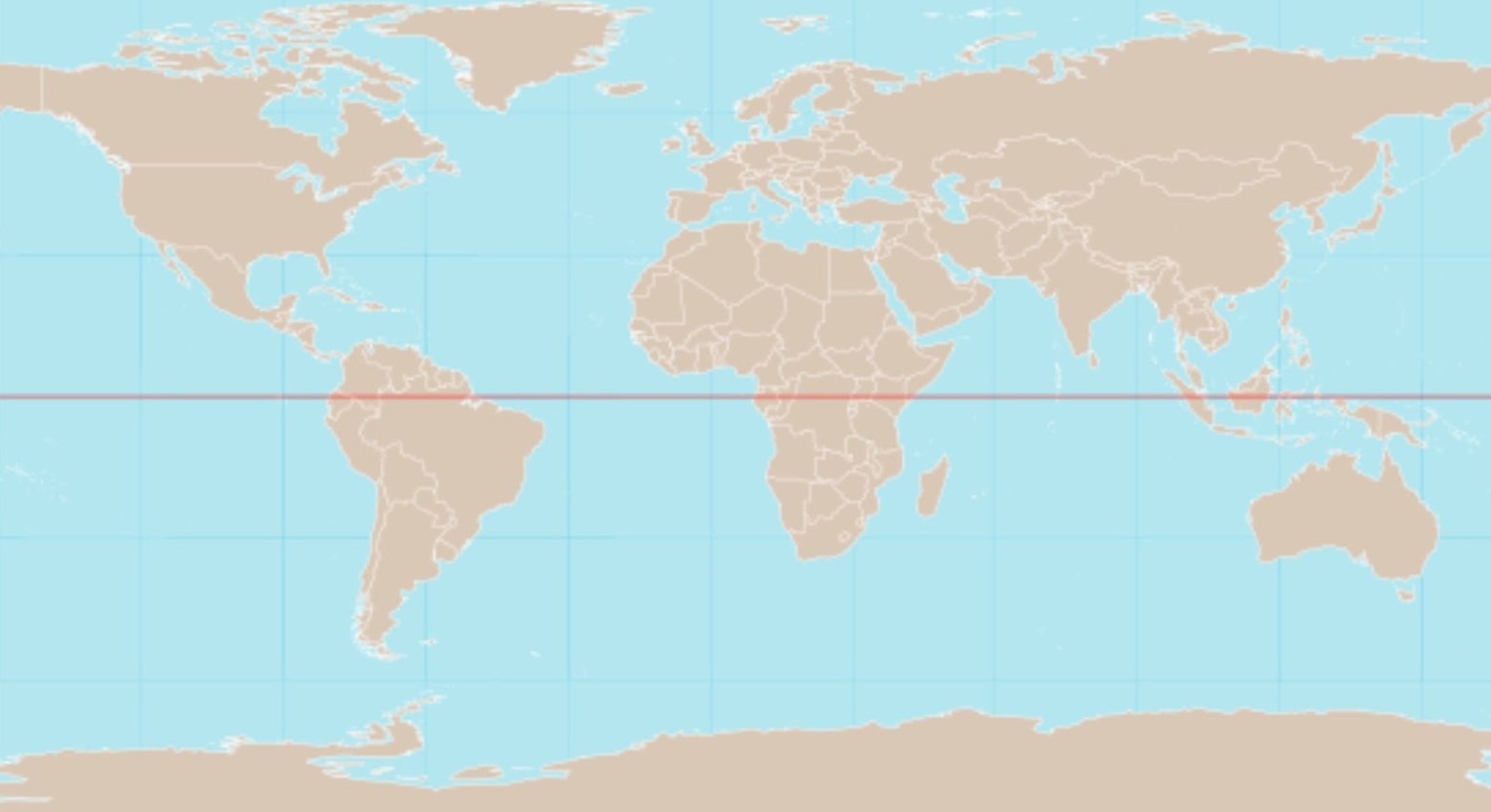
Source: Thesevenseas/Wikimedia Commons
The equator isn’t tracked by any radar, so if the experimental satellite spent the last 25 years hovering over that, it would explain its disappearance.
Unexpected Maneuvers Cause Satellites to Go Missing
Space engineers tend to know exactly what kinds of maneuvers satellites will carry out, so when one does an unexpected maneuver, they can lose track of it.
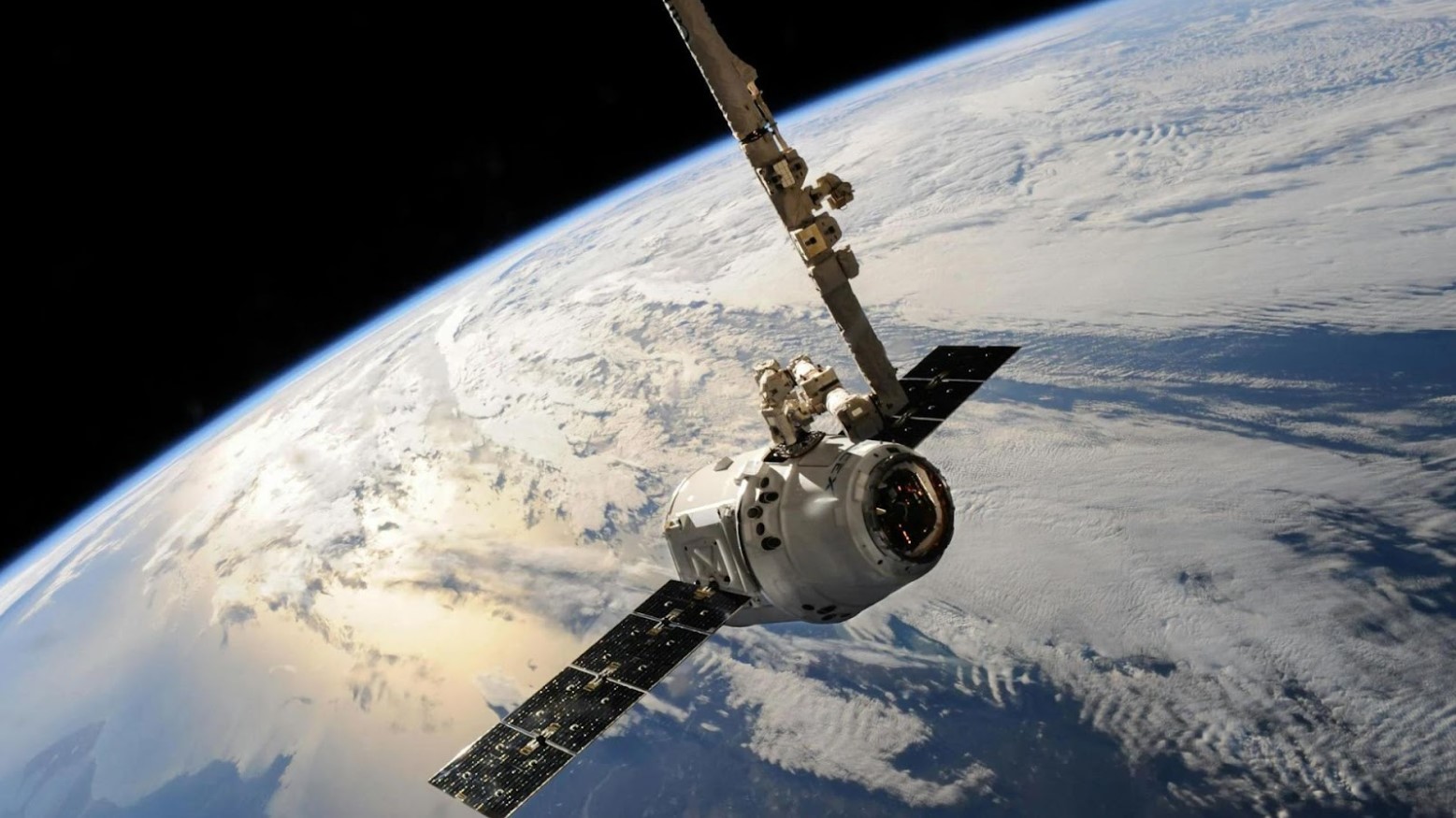
Source: SpaceX/Pexels
If the engineers don’t know where the maneuver happened, they can struggle to locate it, which could be another explanation for why the experimental satellite went missing.
It's Unknown How the Experimental Satellite Went Missing
It is currently unknown how the experimental satellite went missing — not once but twice.
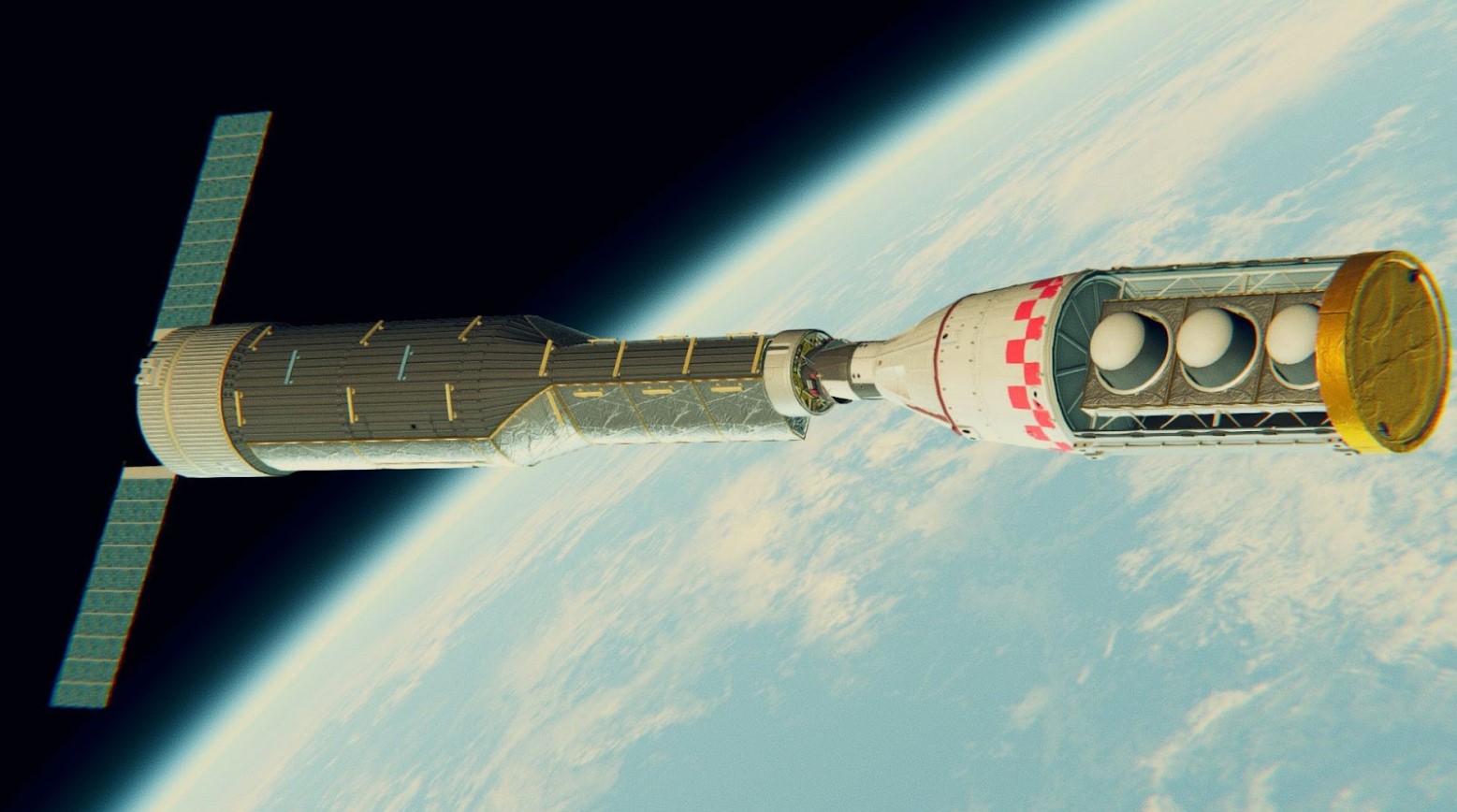
Source: @LM__Kas/X
Scientists may have to try to figure this out in the hope of stopping it from happening again.
Expanding from the Past
Similar to the remarkable rediscovery of the Infra-Red Calibration Balloon, other related missions and the evolution of space technology have helped frame our current understanding of space exploration.

Source: NASA/Wikimedia Commons
With advancements in technology, scientists are now able to track and monitor space objects with greater precision and accuracy. However, as we continue to push the boundaries of space exploration, unexpected challenges and mysteries arise.
Historical Context
The 1970s were a pioneering era for space exploration. During this decade, missions like Skylab and the Viking Mars landers expanded our reach and knowledge.

Source: NASA/Getty Images
Similar to the Infra-Red Calibration Balloon, these missions aimed at broadening our scientific horizons, yet also faced challenges such as orbital debris and technology malfunctions, highlighting the early complexities of space missions.
Comparative Missions
Other experimental satellites, like the Atmospheric Explorer series, shared objectives similar to S73-7, aiming to understand environmental conditions in space.
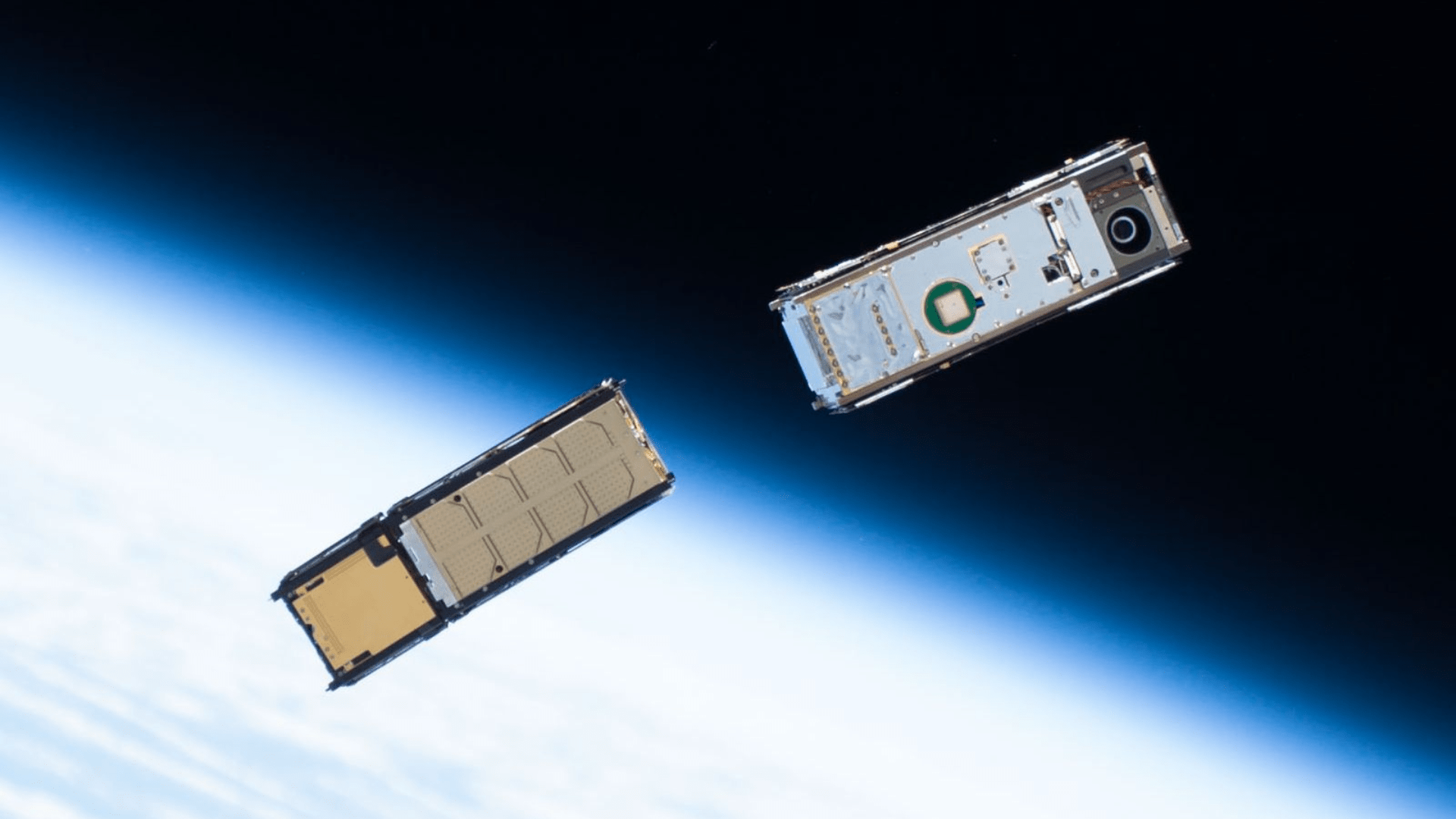
NASA/Wikimedia Commons
Like S73-7, some of these satellites also encountered issues such as signal loss and reentry disappearance, providing a comparative understanding of the technological limitations and achievements of that era.
Technological Evolution
Since the 1970s, satellite tracking has seen immense advancements. Modern radar systems and optical sensors offer higher precision and reliability, dramatically increasing our ability to track thousands of space objects.
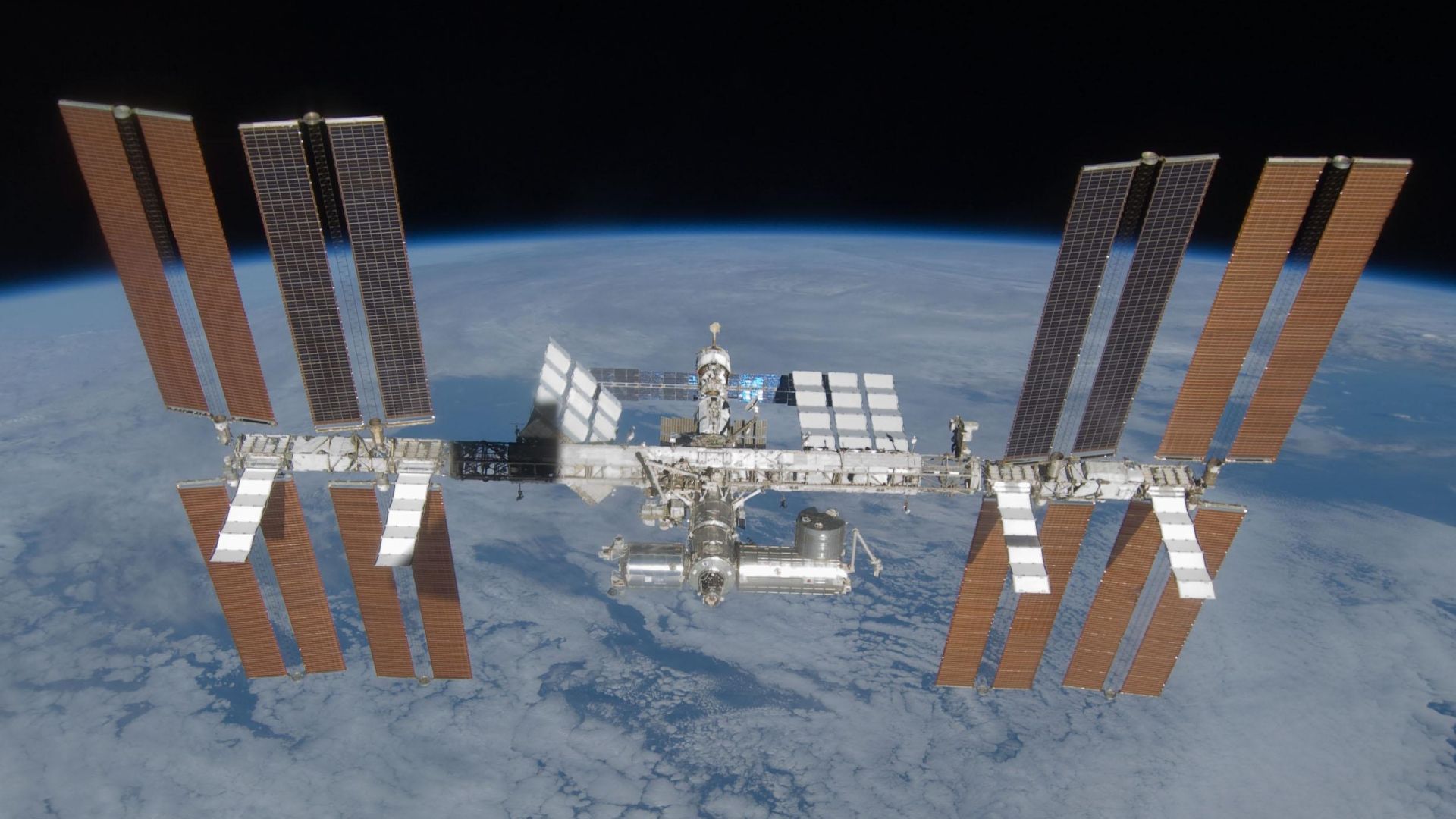
Source: NASA/Wikimedia Commons
These technological advancements have revolutionized how we monitor space traffic and manage the increasing challenges posed by space debris.
AI in Space
Artificial intelligence now plays a pivotal role in space surveillance. AI algorithms can predict satellite trajectories, analyze patterns of space debris, and enhance the detection capabilities of surveillance systems.

Source: Milad Fakurian/Unsplash
This integration of AI represents a significant leap from the manual tracking methods used during the era of S73-7.
Space Law Impact
With the rise of private space ventures and increasing commercialization of space, there has been a growing need for regulations and laws to govern activities in outer space.

Source: Tingey Injury Law Firm/Unsplash
The Outer Space Treaty, adopted in 1967, serves as the cornerstone of international space law. However, advancements in technology — related to S73-7 — have led to discussions on the need for updated laws and regulations that address current challenges, such as the proliferation of space debris.
Global Policies and Agreements
In recent years, there have been efforts to establish global policies and agreements addressing space debris management.

Source: Phil Roeder/Flickr
For example, the United Nations Committee on the Peaceful Uses of Outer Space (UNCOPUOS) has established multiple expert groups and working groups to develop guidelines and best practices for space debris mitigation and remediation.
Design Durability
Engineers have significantly improved satellite durability over the years. Modern satellites are equipped with advanced materials that withstand harsh space conditions longer and more effectively than their predecessors.
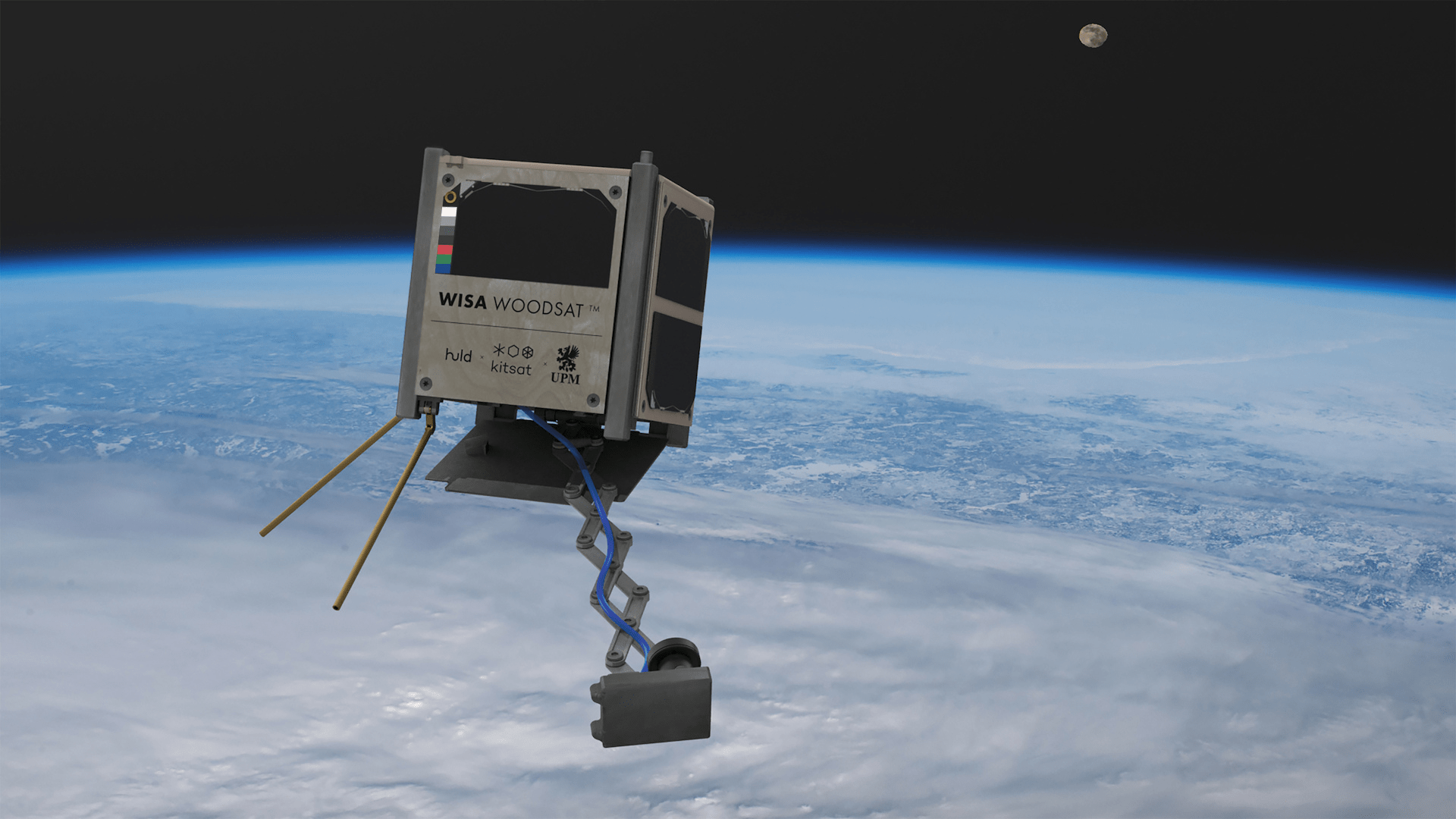
Jarimakinen/Wikimedia Commons
These improvements help minimize the risk of loss and extend the operational life of satellites.
Material Advances
The field of materials science has introduced innovative composites and alloys tailored for space use.
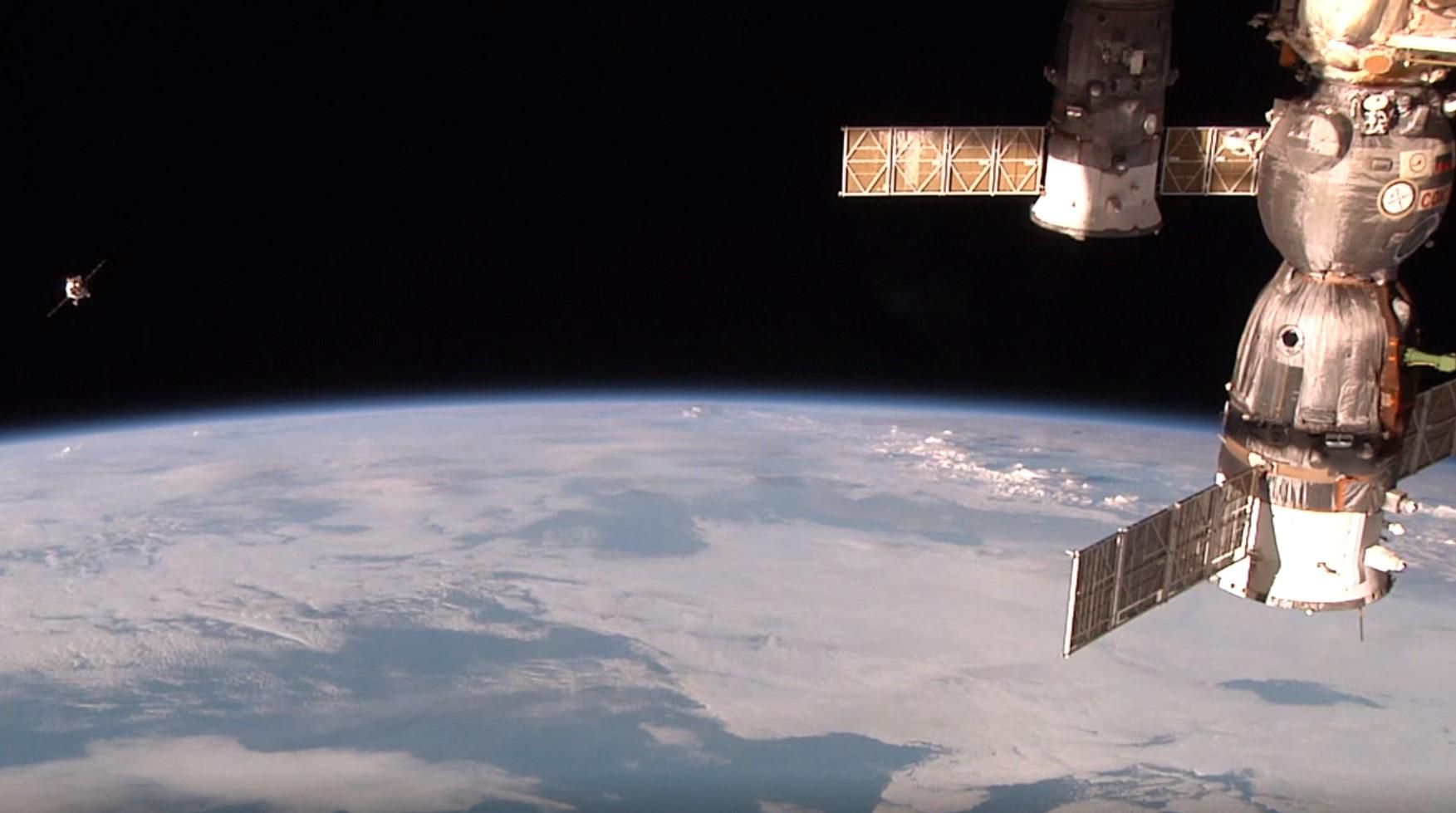
Source: NASA
These materials offer enhanced resistance to extreme temperatures and radiation, key factors in the longevity and reliability of satellites today, contrasting sharply with the materials used in the 1970s.
Future Technologies
Looking ahead, next-generation satellite technologies promise even greater efficiencies.
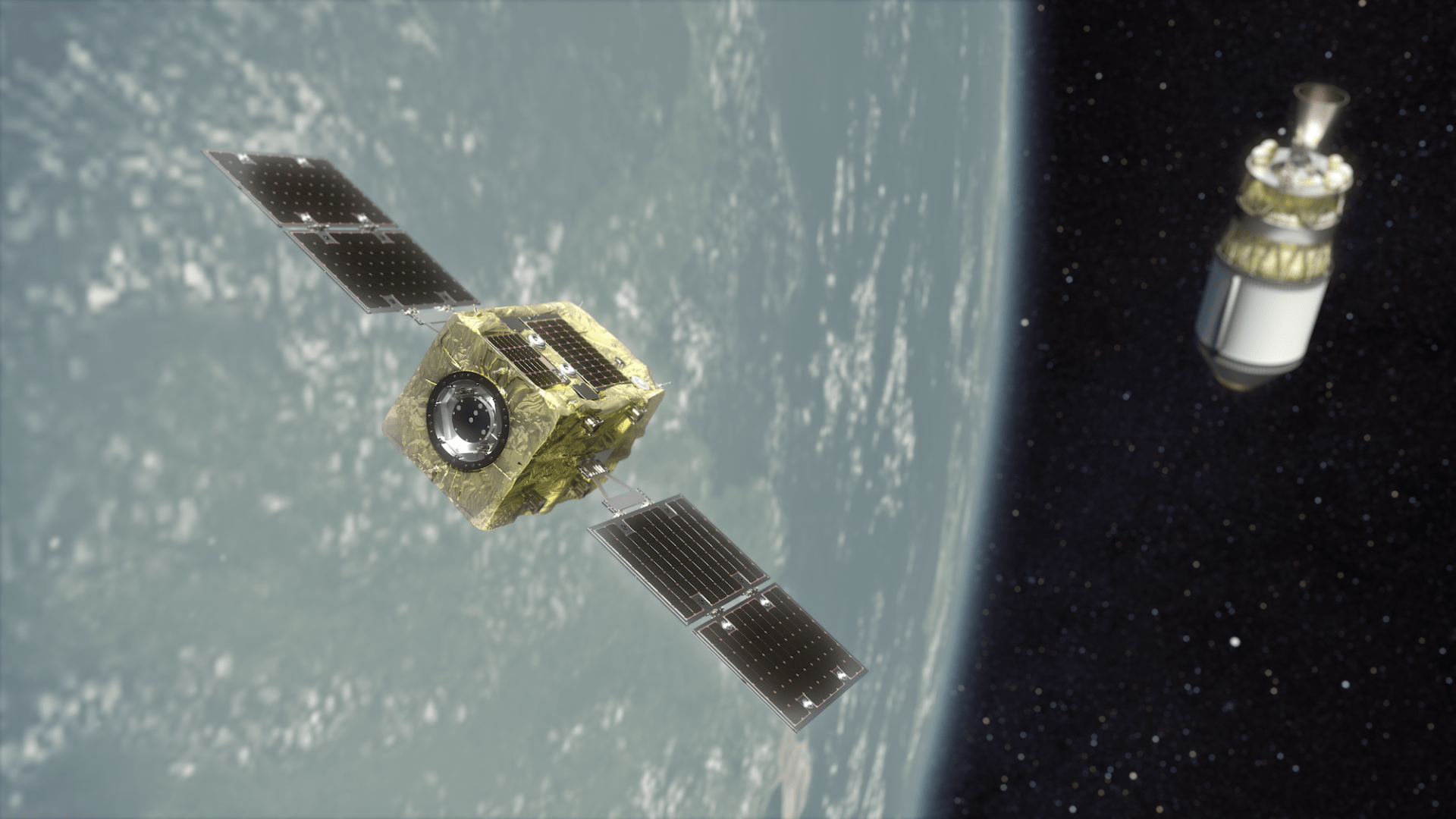
Astroscale/Wikimedia Commons
Innovations like self-repairing materials and autonomous orbital adjustment capabilities are set to redefine satellite operations, potentially eliminating many of the issues that led to the loss of satellites like S73-7.
Upcoming Missions
Exciting new satellite missions are undoubtedly on the horizon, with objectives ranging from climate monitoring to deep space exploration.
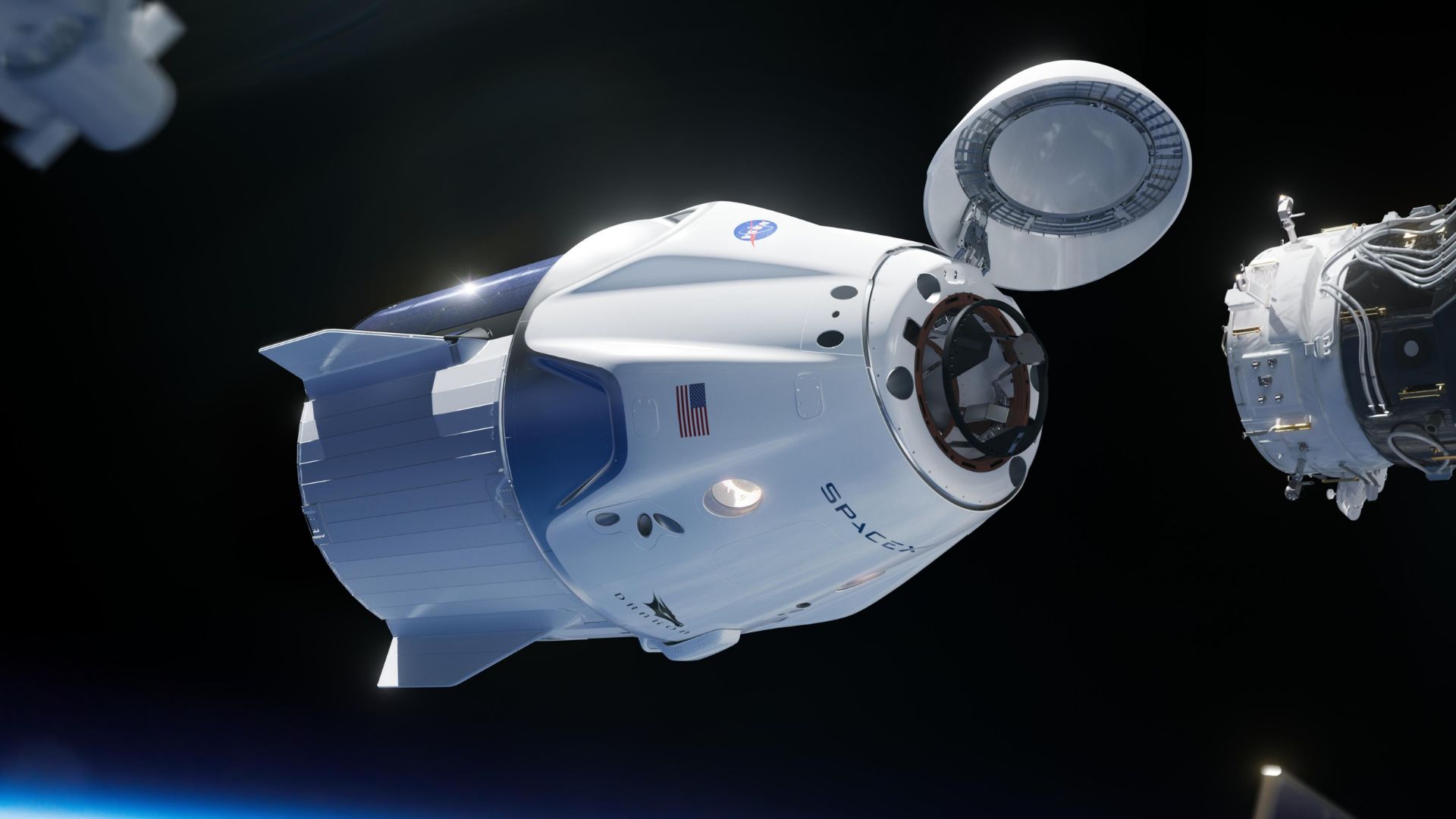
Source: NASA/SpaceX/Wikimedia Commons
These missions will employ the latest in satellite technology, demonstrating the evolution from the simplistic designs of the past to the highly sophisticated systems of today.
Space and Beyond
The journey from the 1970s to today has been marked by significant technological and regulatory advancements in space exploration.

Source: NASA
The rediscovery of S73-7 not only closes a chapter of the past but also opens up a future where space exploration can proceed with greater certainty and safety.
